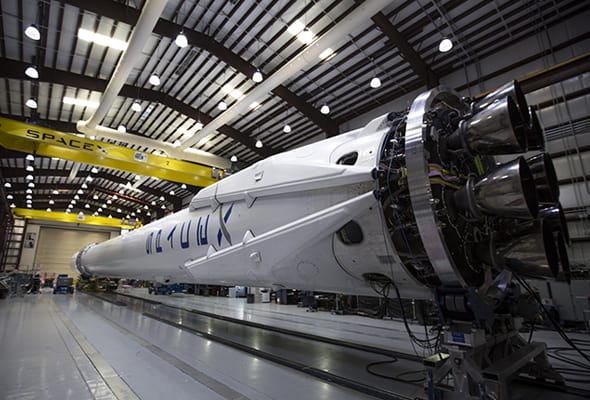PRODUCT OVERVIEW
CPW looks water-white in appearance with slight characteristic odour. It is practically insoluble in water and only soluble in organic solvents like glycerine but slightly soluble in alcohol, aromatic & aliphatic hydrocarbons. CPW is practically non-volatile, non-flammable, chemically inert and non-corrosive in nature.

KH Series
KH152 & KH162

KN Series
KN520, KN580, KN620

KL Series
KL130, KL135, KL140, KL147, KL150
Bonding Characteristic of CPW with other Chemicals
Plasticization: CPW helps improve the flexibility, durability, and processability of PVC products. The bonding characteristic here involves the ability of CPW molecules to integrate with PVC polymer chains, reducing intermolecular forces and enhancing polymer mobility.
Flame Retardancy: CPW’s ability to form stable char layers upon exposure to heat and flame. These char layers act as insulating barriers, reducing the propagation of fire and heat transfer.
Lubrication: CPW functions as a lubricating additive in metalworking fluids and lubricants. It forms a thin film over metal surfaces, reducing friction and wear between moving parts. The ability of CPW molecules to adhere to metal surfaces and provide lubrication under various operating conditions.
Chemical Compatibility: CPW exhibits good compatibility with a wide range of materials, including polymers, metals, and other chemicals. This compatibility allows CPW to be effectively blended with other substances to achieve desired properties without significant phase separation or degradation of performance.
Hydrophobicity: Due to its chlorine content, CPW is inherently hydrophobic, meaning it repels water. This bonding characteristic makes CPW suitable for applications where moisture resistance is required, such as in coatings, sealants, and insulating materials.
Applications of Chlorinated Paraffins
© 2020. Konnark Polychem LLP. All Rights Reserved.

